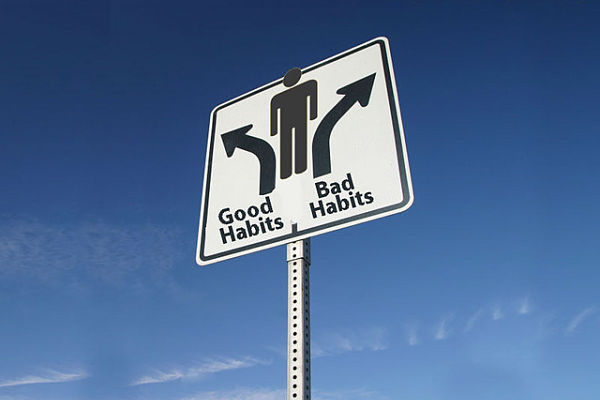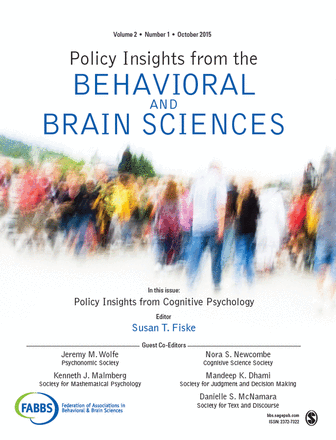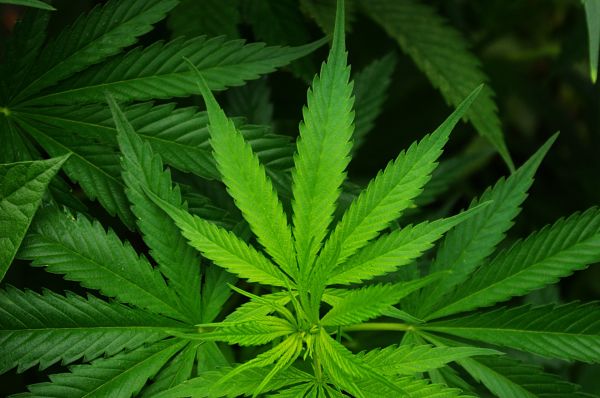How to Create Lasting Change

(Photo: The People Speak!/Flickr/CC BY 2.0)
Harvard researchers Erin Frey and Todd Rogers have identified four pathways through which behavior change interventions can achieve long-term impact. Although the specific strategies vary according to the type of intervention, the same principles apply across fields, the researchers write in an article for Policy Insights from the Behavioral and Brain Sciences. That means that how interventions are designed matter as much as what they do.

The Federation of Associations in Behavioral and Brain Sciences, or FABBS, with SAGE, the parent of Social Science Space, publishes the journal Policy Insights from the Behavioral and Brain Sciences. This annual journal features research findings in the sciences of mind, brain, and behavior that are applicable to nearly every area of public policy. The first issue comprises 33 articles in social and personality psychology focused on topics including health, education, justice, the environment, and inequality.
Frey and Rogers’ review of research suggests that the following principles may have helped account for the program’s long-term success and point to promising strategies for other interventions:
- Building psychological habits. Habits develop when people come to associate a certain behavior with an environmental cue, and an intervention can kick start that association. If the HER makes people think about flipping off the light switch when they leave the living room, they will get used to turning off the light and gradually begin to do so every time they leave the room, without even thinking about it.
- Changing how or what people think. When people change their beliefs, interpretations, or perceptions of themselves, they often change their behavior to match. For example, if the HER makes someone identify as an energy efficient person, she may be more likely to pay attention to how much water she is using in the shower. The HER may also change how people think of environmental cues, for example, by making them associate a warm house in summertime with being energy efficient rather than with being slightly uncomfortable.
- Changing future costs. Some desired behaviors “are costly to perform,” the researchers point out, so reducing future costs can be an incentive for long-term change. HERs might make people more likely to buy energy-efficient appliances, which automatically reduce future costs.
- Harnessing external reinforcement. Well-designed interventions can create a cascade effect, in which performing the desired behavior elicits reactions that reinforce the behavior and make it more likely to continue. This can take the form of policies like tax incentives and rebates, or social reinforcement, as when friends and family praise homeowners for being more energy efficient or give them advice about further reducing consumption.
One of the intriguing implications of these pathways is that successful interventions like OPOWER’s can achieve long-term impact “for reasons that are entirely different than those that made the initial intervention successful,” write Frey and Rogers. The researchers offer a number of specific recommendations for policymakers who create or fund interventions, but the overall message is this: just as people need to make behavior changes to improve their lives and society, policymakers need to incorporate design changes to make interventions achieve long-term impact.




















































































